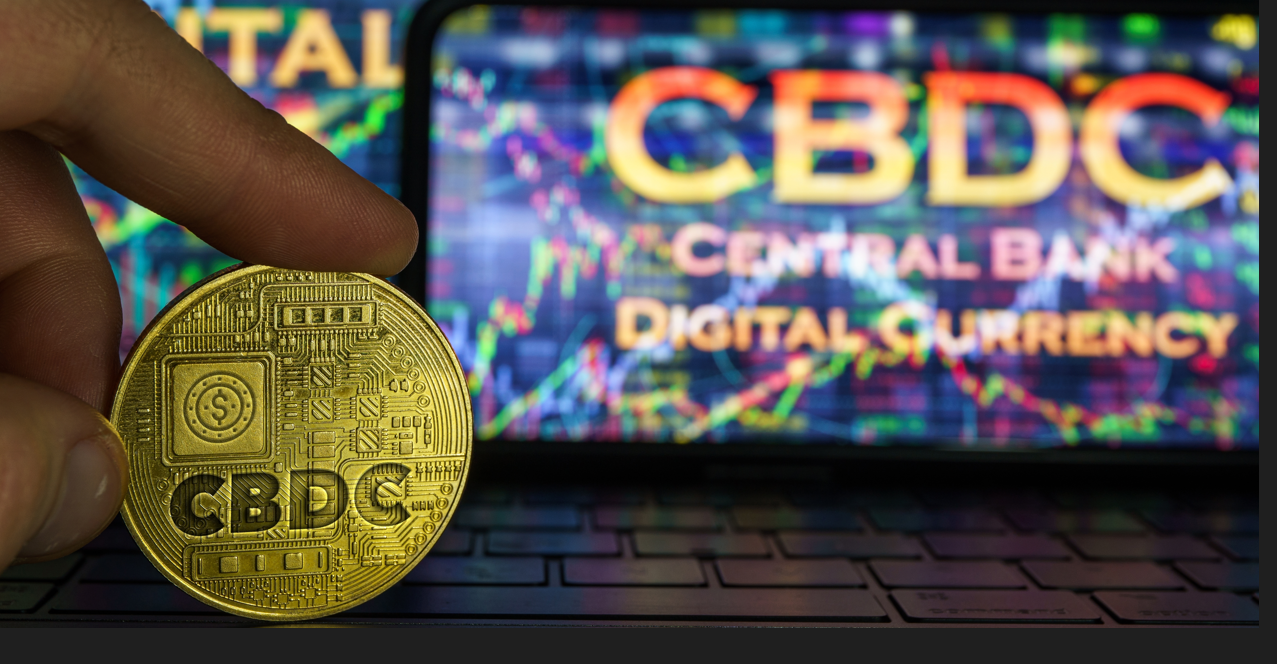
The rapid growth of mobile money has changed the payment landscape in Africa, alleviating the limitations of physical cash and barriers to banking services. The African mobile money story started in Kenya in 2007, when Safaricom launched its M-PESA solution for peer-to-peer money transfers.
Shortly thereafter, the service spread quickly, starting in East Africa, and spreading out to the rest of the continent. Most mobile operators, including Vodacom, MTN, Orange, Telma and Airtel, are now providing mobile money services in most African countries. The initial success story of money mobile is due to a quick money transfer solution for unbanked and underbanked populations. Now, there are opportunities to make mobile money even more useful and efficient with CBDCs.
CBDC is a digital form of cash and part of the monetary base. It is a digital bearer instrument for store of value, payment, and settlement finality. CBDC is the direct liability of the central bank and has the lowest credit and redemption risk versus money issued by private entities.
Improved payment efficiency at a lower cost
A well-designed CBDC has the potential to improve payment efficiency at a lower cost and reduce payment risks typically associated with mobile money. A CBDC implementation that integrates into the existing mobile money services and systems will bring a new level of interoperable settlement efficiency, financial inclusion, convenience, safety, and financial stability.
CBDCs will augment and accelerate, not displace, or dampen, mobile money as a means of digital financial services. Mobile money services can interface their existing systems and apps with the CBDC platform to upgrade their services to send and receive CBDC in all kinds of domestic retail, wholesale, and cross-border financial services. Thanks to CBDC, mobile money services can remain available and deliver immediate settlement finality even when the users are out of network coverage.
Mobile network operators embrace CBDCs
MNOs are embracing CBDCs as a natural evolution of mobile payments. Eli Hini, Head of Mobile Financial Services of MTN Mobile Money Ghana shared his view on the benefits of CBDC, including the enhancement of digital payments, the opportunity for inclusion, offline (can transact without connectivity), clearing and settlement, and domestic transfers at the MoMo Stakeholder Forum 2022.
How well do you really know your competitors?
Access the most comprehensive Company Profiles on the market, powered by GlobalData. Save hours of research. Gain competitive edge.

Thank you!
Your download email will arrive shortly
Not ready to buy yet? Download a free sample
We are confident about the unique quality of our Company Profiles. However, we want you to make the most beneficial decision for your business, so we offer a free sample that you can download by submitting the below form
By GlobalData“Innovation will always come, and just like mobile money came to create opportunities for people, other innovations (CBDCs) will come, and we should be ready to embrace it,” said Hini.
With CBDC, commercial banks, MNOs, electronic money institutions (EMIs), microfinance institutions (MFIs) and fintech, will be more connected and accessible, creating a smoother, real-time, and more cost-effective way to make transactions.
On the other hand, existing mobile money services provide important and effect channels for rapid CBDC adoptions. CBDC adoptions require ease of signing up, ease of funding and using, widespread acceptability and usability, low cost of use and incentive, and public education.
Mobile money services: ready partners to distribute CBDC
The general public is already familiar with mobile money services which are tailored for the different demographics with smart phones or feature phones. The operators have already created agent networks and business partnerships to facilitate funding and usage. Mobile money services are the ready partners to distribute CBDC ‘instantly’ to their existing user bases.
CBDC and mobile money is a perfect marriage. The interest in Central Bank Digital Currency (CBDC) has shot up in the past few years. Research and development of CBDCs have spread globally, particularly in ten countries in East and West Africa, where CBDCs and mobile money can complement and enhance each other very well in the drive towards financial inclusion.
Athu Karume is President, Africa Markets for eCurrency Mint and a 20-year veteran of the financial services and financial services and technology industries in Tanzania, US and Europe.







